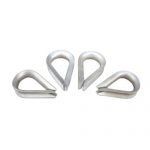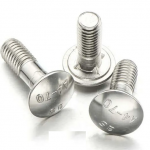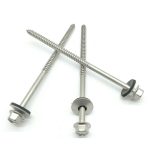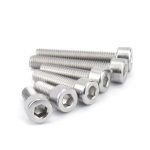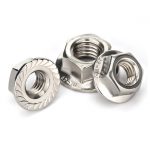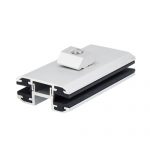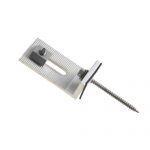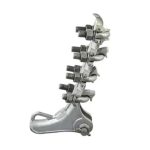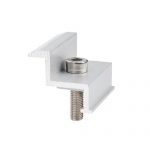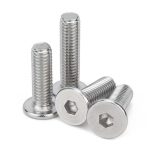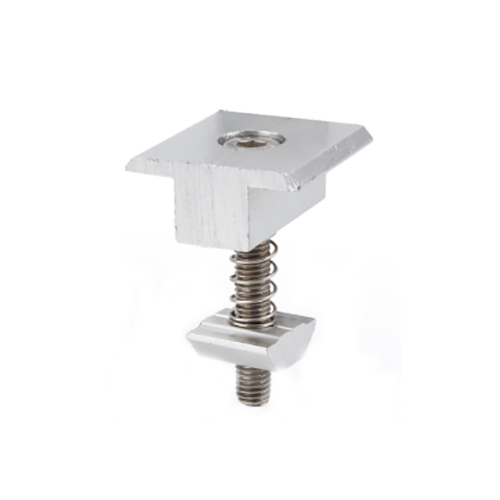
Standard: Middle Pressure Of Solar PV Bracket
Material: Aluminium /Stainless steel/Steel
Surface finish:Plain or Customized
Packing: cartons with furmigated pallets
Supply ability: 50tons per month
As the demand for solar energy continues to grow, so does the need for reliable and efficient solar PV bracket systems. One of the critical factors to consider when selecting a solar PV bracket is the middle pressure it can withstand. In this article, we will discuss everything you need to know about middle pressure in solar PV brackets, from what it is to how it affects your system's performance.
What is a Solar PV Bracket?
A solar PV bracket is a support structure that holds solar panels in place, allowing them to absorb sunlight and convert it into electricity. Solar PV brackets come in different shapes, sizes, and materials, depending on the type of solar panel being used and the installation location. Some of the most common materials used to make solar PV brackets include aluminum, stainless steel, and galvanized steel.
What is Middle Pressure in Solar PV Brackets?
Middle pressure refers to the load-bearing capacity of a solar PV bracket, which determines the maximum amount of weight it can support. Middle pressure is often expressed in kilopascals (kPa) or pounds per square inch (psi) and is a critical factor to consider when selecting a solar PV bracket system.
Why is Middle Pressure Important in Solar PV Brackets?
Middle pressure is essential in solar PV brackets as it directly affects the structural integrity and stability of the solar panel system. If a solar PV bracket cannot handle the weight of the solar panels, it can lead to structural failure, damage to the panels, and potential safety hazards. Choosing a solar PV bracket system with a high middle pressure capacity is, therefore, critical to ensure the longevity and performance of your solar panel system.
Factors that Affect Middle Pressure in Solar PV Brackets
Several factors can affect the middle pressure capacity of a solar PV bracket system, including:
- Material: The type of material used to make the bracket system can affect its middle pressure capacity. For instance, galvanized steel brackets typically have a higher middle pressure capacity than aluminum brackets.
- Design: The design of the bracket system can also affect its middle pressure capacity. Brackets with thicker and more reinforced cross-sections can typically handle higher middle pressures than those with thinner cross-sections.
- Installation Location: The installation location can also affect the middle pressure capacity of a solar PV bracket system. Brackets installed in areas with high wind or snow loads may require higher middle pressure capacities to ensure the system's stability and longevity.
Different Types of Solar PV Brackets and their Middle Pressure Capacity
There are several types of solar PV brackets, each with varying middle pressure capacities. Some of the most common types of solar PV brackets and their middle pressure capacities include:
- Roof Mounting Brackets: Typically have a middle pressure capacity of 4-10 kPa.
- Ground Mounting Brackets: Can have a middle pressure capacity of up to 50 kPa or higher, depending on the installation location and design.
- Pole Mounting Brackets: Can have a middle pressure capacity of up to 10-15 kPa, depending on the design and installation location.
How to Determine the Middle Pressure of a Solar PV Bracket
To determine the middle pressure of a solar PV bracket, you can consult the manufacturer's specifications or have a structural engineer calculate the middle pressure capacity based on the bracket system's material, design, and installation location. It is essential to ensure that the calculated middle pressure capacity meets or exceeds the weight of the solar panels to ensure the system's stability and longevity.
How to Optimize the Middle Pressure of a Solar PV Bracket System
To optimize the middle pressure capacity of a solar PV bracket system, several strategies can be implemented, including:
- Choosing the Right Material: Choosing a bracket system made from high-strength materials such as galvanized steel can improve the middle pressure capacity of the system.
- Reinforcing the Design: Reinforcing the design of the bracket system by adding cross-sectional supports and thicker brackets can increase the middle pressure capacity of the system.
- Proper Installation: Proper installation of the bracket system, including using appropriate hardware and following manufacturer's guidelines, can ensure the system's optimal middle pressure capacity.
Benefits of Choosing a High Middle Pressure Solar PV Bracket System
Choosing a high middle pressure solar PV bracket system can offer several benefits, including:
- Increased System Stability: A high middle pressure capacity can provide the necessary structural stability to support the weight of the solar panels, reducing the risk of structural failure.
- Longer System Life: A bracket system with a high middle pressure capacity can ensure the longevity of the solar panel system, reducing maintenance and replacement costs.
- Improved Energy Production: A stable and robust solar PV bracket system can ensure optimal positioning and alignment of the solar panels, resulting in improved energy production.
Conclusion
Middle pressure is a critical factor to consider when selecting a solar PV bracket system. Understanding the middle pressure capacity of the bracket system and ensuring that it meets or exceeds the weight of the solar panels is essential to ensure optimal performance and longevity of the system. Choosing a high middle pressure solar PV bracket system can offer several benefits, including increased system stability, longer system life, and improved energy production.
FAQs
What is the difference between middle pressure and wind load capacity in solar PV brackets?
Middle pressure refers to the load-bearing capacity of the bracket system, while wind load capacity refers to the bracket system's ability to withstand the force of the wind.
Can a solar PV bracket system with a low middle pressure capacity be reinforced?
Yes, a solar PV bracket system with a low middle pressure capacity can be reinforced by adding cross-sectional supports and thicker brackets.
Are there any regulations regarding the middle pressure capacity of solar PV bracket systems?
Yes, there are regulations and building codes that specify the minimum middle pressure capacity required for solar PV bracket systems based on the installation location.
Can the middle pressure capacity of a solar PV bracket system be increased after installation?
It is challenging to increase the middle pressure capacity of a solar PV bracket system after installation. It is essential to ensure that the bracket system's middle pressure capacity meets or exceeds the weight of the solar panels during the initial design and installation stages.
What is the average middle pressure capacity of a solar PV bracket system?
The middle pressure capacity of a solar PV bracket system can vary widely depending on the type of bracket system, installation location, and design. However, most solar PV bracket systems have a middle pressure capacity ranging from 4-50 kPa.

